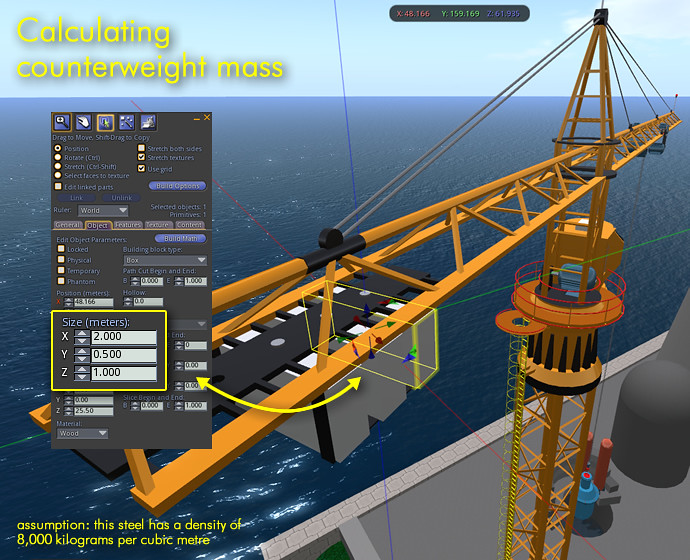Science is typically thought of as compartmentalized and discrete pieces of information and taught in a vacuum. In reality, science is part of day-to-day life and not separate at all. When I see news of science being rejected or painted as a this or that argument in the American educational system, particularly K-12, I become frustrated. Those individuals denouncing science as some form of dogma don’t seem to have an issue driving automobiles, flying across the country, or using mobile phones and computers – all impossible with technology (applied science).
Science is a tool in our toolbox of life that can help us understand the world around us. It allows us to create sunglasses, live and work in greater comfort, and even carry a library of 10,000 songs in our pocket. As such, science is intertwined in our lives and is not simply a set of discrete and separate concepts.
In writing a virtual science field trip workbook, I have science activities and exercises. An example of an activity is a nuclear power plant and within that activity there are supplementary exercises.
Real field trips are like this also and, unlike a text book, field trips can offer an opportunity to explore more than the topic at hand. This virtual nuclear power plant has more learning opportunities than only nuclear fission and those are incorporated into its learning objectives because learning science can be more than studying discrete concepts.
A holistic approach to science education isn’t the current norm is school where we have schedules, curriculum, standards, and the real task of reaching 20-30 (or more) in a very short time period. However, for self-paced education done at home, these constraints are reduced and a student can take additional time to learn more. The exercises I include are part of the virtual 3D location that the student can enter and explore first hand.
In Enclave Harbour, a virtual municipality, there is a nuclear power plant where a nuclear reactor is being constructed and, as part of that, a tower crane is in use. A tower crane is a fantastic way to illustrate simple machines because it is minimalistic in design and utilitarian in function. The concepts of levers and pulleys is easily demonstrated and explored, and this presents a wonderful opportunity to “weave” in some additional science into this field trip activity.
One of the tasks in this “extra” exercise is to calculate the mass of the crane’s counterweights. Other tasks include calculating lift capacities at various distances along the crane’s jib and the mechanical advantage of block and tackle systems. These exercises are intended to bring about an awareness of how science is always around us and that it is not a dogma.
The student is provided with the dimensions of the counterweight, the density of its material, and the formulas needed. In this case, steel counterweights with a density of 8,000 kilograms per cubic meter and overall dimensions of 2 meters long, half a meter wide, and 1 meter tall. Volume (V) is determined by multiplying length (l) times width (w) times height (h). The mass (m) of the counterweight is its volume times the material’s density (ρ, the Greek letter rho).
- V = l · w · h
- m = V · ρ
In this example, we first find the volume of one weight which is 2 m · 0.5 m · 1 m = 1 m3 (one cubic meter) and then calculate its mass with 1 m3 · 8,000 kg/m3 = 8,000 kg.
There are three counterweights on this crane for a total of 24,000 kg or 24 metric tons. This exercise continues with calculating that the crane can lift 12,000 kg at its farthest end and calculating maximum lift at other points along the jib. Also covered is the mechanical advantage through its block and tackle, which is six, meaning that 2,000 kg of force is required along with 6 meters of cable for every meter that the 12,000 kg is lifted.
This physics exercise on simple machines supplements others in Enclave Harbour such as an overhead crane and screw jacks at the desalination plant and pulleys in a vertical-lift bridge.
Science does not exist in a vacuum in the real world and supplemental science programs such as Enclave Harbour allow ambitious students to see how intertwined it is. Understanding this helps us make better and more informed decisions in life.

